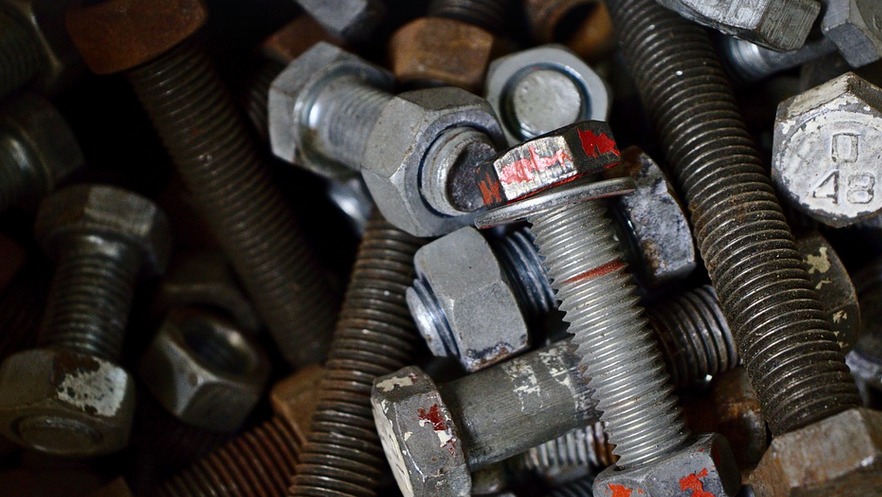
How To Remove Old Silicone Caulking: A Step-By-Step Guide
Banishing the Bubblies: A Practical Guide to Removing Old Caulking
Say goodbye to stubborn, cracked, or faded silicone caulk! This article walks you through the process of safely and effectively removing old caulk from various surfaces around your home. Whether it’s a bathroom shower door, baseboards, or a window frame, we’ve got you covered. Let’s delve into this common yet often daunting task!
First off, let’s acknowledge that dealing with old caulk can be frustrating. The gooey, sticky nature of it requires a specific approach to ensure proper removal without damaging the surface underneath.
Understanding the Enemy: Causes and Challenges
Before we jump into the “how-to”, understanding why caulk needs removal is essential. Old caulk often faces three main enemies:
- **Time and Exposure**: Exposure to elements like heat, humidity, or sunlight can degrade the material over time, causing it to become brittle, crack, and separate from the surface.
- **Moisture & Mold**: Damp environments accelerate decay. Mold growth within caulk can lead to unsightly discoloration, odor, and potential health issues if not addressed promptly.
- **Wear and Tear**: Constant movement in areas like doors or windows puts stress on the caulk, leading to cracking, flaking, and eventually separation from its surrounding surface.
These causes often come together to create a challenging caulking removal scenario. You might even find yourself battling with stubborn, gooey residue that refuses to budge! We’ll tackle these issues head-on in the subsequent steps.
Gathering Your Arsenal: Tools and Materials for Success
To conquer this caulk conundrum, you’ll need a well-equipped arsenal. Here are some essential tools and materials:
- **Scouring Pad or Rubber Grating**: The foundation of your removal strategy. A scouring pad with a medium to coarse grit will efficiently scrape away the old caulk, while a rubber grating allows for controlled pressure application.
- **Utility Knife**: A must-have for precise cuts and scoring around intricate areas where traditional scraping techniques may not be feasible.
- **Plastic Scraper**: A gentle yet effective alternative to the utility knife, especially when dealing with delicate surfaces or tight corners.
- **Bucket of Hot Water**: This will soften and loosen stubborn caulk for easier removal by scraping or scoring. Add a cleaning solution like soap water to further clean the surface.
- **Gloves and Eye Protection**: Safety first! Always wear gloves to protect your hands, especially when working with harsh chemicals or abrasive tools.
- **Cleaning Solution (Optional):** A mild dish soap solution or a specialized caulk remover can be helpful for cleaning up stubborn residue left behind.
The Removal Process: Steps to Conquer the Caulking
Now, let’s outline the step-by-step process to remove that old caulk with ease:
- **Prepare Your Workspace**: Choose a well-ventilated area. Protect your work surfaces by laying down newspaper or plastic sheeting to prevent any messes from spreading.
- **Test the Tool**: Before you start scraping, test the tool on an inconspicuous area of the caulk to ensure it won’t damage the surrounding surface.
- **Start Scraping Gently**: Begin by gently scraping along the edges of the caulk where it meets smoother surfaces. Use short, controlled strokes. The goal is to break up the caulk into smaller pieces before proceeding with further scraping.
- ** Score Deep and Remove**: If you’re facing stubborn caulk that resists easy removal, score the surface using your utility knife or a specialized scoring tool. This will create gaps to make it easier to remove the remaining caulk.
- **Warm it up**: Use your hot water bucket for softening stubborn silicone caulk by soaking it with hot water and letting it sit for a few minutes before scraping. Let’s be real, this is the most effective method.
Keep in mind: Patience is key. Don’t rush the process of removing old caulk. Apply gentle pressure and work slowly to prevent damaging surrounding surfaces or creating cracks in your wall or floor.
Post-Removal Cleaning and Sealing
Once you’ve successfully removed the old caulk, give your surface a thorough cleaning with soap and water. A specialized caulk remover can help tackle stubborn residue if necessary. A gentle clean and dry the area to prevent future cracking or mold growth.
For long-term protection, consider sealing the cleaned area to avoid moisture penetration and expansion of the cracks in your surface. You might choose to use a new caulk sealant depending on your needs for better results.
* **Tips for Success:**
- Always wear gloves and eye protection when working with caulk removal tools.
- Apply gentle pressure. Too much force can damage the surrounding surface.
- Work in small sections to ensure complete removal without damaging surrounding surfaces.
- Use a damp cloth to clean up any remaining residue after scraping.
Conclusion: A Smooth Finish for a Happy Home
Removing old silicone caulk may seem like a daunting task, but with the right tools and a systematic approach, you can achieve perfect results. Remember, tackling this challenge empowers you to maintain a clean, beautiful home, free from unsightly or troublesome caulking!